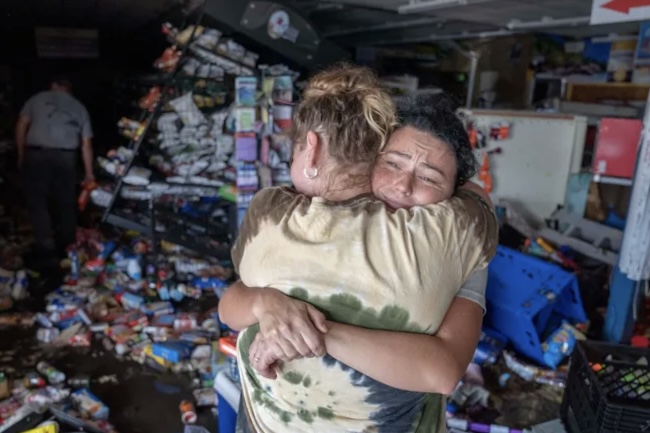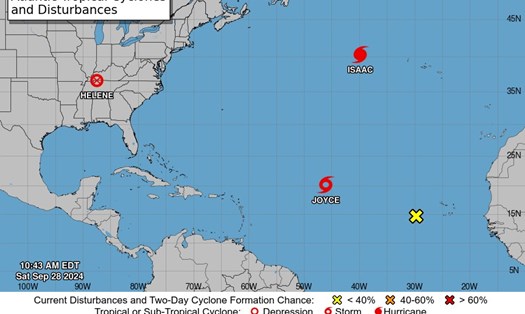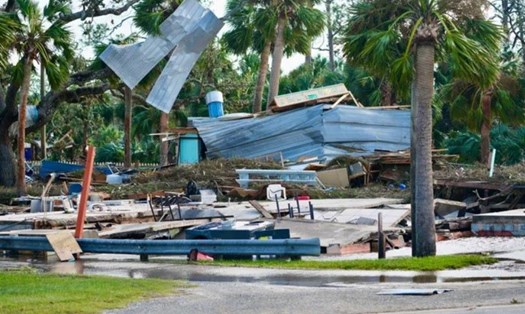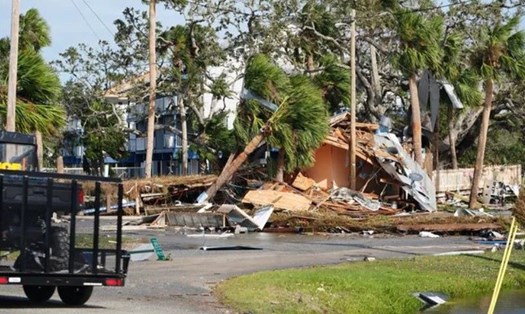Hurricane Helene made landfall at around 11pm on September 26 (local time) near Perry, Florida, USA, causing widespread devastation. With the damage it caused, Helene is considered the strongest storm to ever hit the Big Bend, Florida area. According to CNN, the storm has killed 95 people and this number will probably continue to rise.
In North Carolina, people have been hit hard. Days of flooding have left roads flooded, left many without basic necessities, and strained state resources.
Thirty deaths have been reported in Buncombe County, North Carolina, one of the states hardest hit by the storm.
Buncombe County officials have received about 600 missing person reports through an online form. People have lost contact with loved ones in part because of phone and internet outages.

In addition, at least 25 people have died in South Carolina, including two firefighters in Saluda County. In Georgia, at least 17 people have died. In Florida, at least 11 people have died. There have been two deaths in Virginia and four deaths have been reported in Tennessee.
About 300 roads were closed in North Carolina and 150 in South Carolina, hampering the delivery of water to communities in need, especially places like Weaverville in Buncombe County, which has no power or water.
The evacuation and assistance of people is still facing many difficulties, and rescue work will continue in the coming days. Authorities advise people to be cautious and find safe shelters to wait for supplies.
If you are planning to visit areas affected by Hurricane Helene in the next few days, consider postponing or canceling your trip to ensure your safety. After Helene weakened, heavy rains fell on North Carolina and South Carolina, causing rivers and streams to rise, pressuring dams and posing many dangers.



